1. Using Statistics Accurately/Effectively in Your Grant Proposals
by Jayme Sokolow
Statistics in grant proposal can be used or abused. However, there are steps you can take to use numbers accurately, and in ways that promote understanding.
As Darrel Huff has argued in his hilarious classic, How to Lie with Statistics (1954), now back in print, the “secret language of statistics, so appealing in a fact-minded culture, is employed to sensationalize, inflate, confuse, and oversimplify.”
To study the lively art of statistical misuse and manipulation, I recommend that you visit the Web site of the Statistical Assessment Service (www.stats.org), a nonprofit organization that examines the ways in which quantitative research is used by the media. According to STATS, statistical confusion and inaccuracy are thriving in the United States.
In a grant proposal, however, numbers serve one purpose – to help convince reviewers that we are best qualified to be awarded a contract. In other words, proposal statistics primarily function as part of a persuasive argument to demonstrate that we are highly experienced and qualified.
Numbers augment our authority and expertise by making us appear “scientific,” rigorous, and credible, whether those numbers are real, false, or misleading !!
There are two ways of using numbers in proposals that should be avoided. First, as Huff has argued, non-randomized and small samples are the two most common causes for statistical inaccuracy; and, in large data sets, mistaking correlation for cause is a frequent error.
To avoid those common errors, you should take pains to accurately describe your samples, and you should be extremely cautious about drawing conclusions that are not supported by the data.
It would be of great help to your proposals to make accurate pictorial and numerical representations of your data a top priority.
The best approach to win the confidence of reviewers and construct more compelling arguments in your proposal, is to use numbers clearly, accurately … and with a strong sense of caution.
=-=-=-=-=-=-=-=-=-=-=-=-=-=
Dr. Jayme Sokolow, founder and president of The Development Source, Inc.,
helps nonprofit organizations develop
successful proposals to government agencies
Contact Jayme Sokolow..
=-=-=-=-=-=-=-=-=-=-=-=-=-=
Look for Jayme’s ebook on
Finding & Getting Federal Government Grants.
It’s part of
The Fundraising Series of ebooks
They’re easy to read, to the point, and inexpensive ($1.99 – $4.99)
=-=-=-=-=-=-=-=-=-=-=-=-=-=
2. Introduction To Planned Giving – Part Two
by John Elbare
Last Week I said that, “Most planned gifts are easy to understand, easy to explain to donors, and easy to set up.”
Now you might say, “That’s all good, but I just don’t have time for planned giving.” If you go that route, you will be leaving a huge amount of money on the table, money that may very well go to some other organization.
Planned gifts tend to be very large. They average about $50,000 each. For many donors, over 90% of their lifetime giving will be donated from their estates. Why miss out on that?
Why go through all that hard work of acquiring new donors, cultivating them into loyal annual donors, and then failing to ask for the big payoff? If you do not have the time to do that, your time is not being well spent.
Often the “ask” for a planned gift is simple and straight-forward. You are simply suggesting to your most loyal dedicated donors that they consider an end-of-life gift. Many will, but only if you ask. It does not require much time, but it does need your attention and effort.
This series of postings on planned giving will show you how to identify your likely planned gift donors, how to approach them to discuss planned gifts, the many types of planned gifts, and how to help donors with their gift arrangements.
As the famed anthropologist Margaret Mead once told her fellow faculty members at Columbia University, “If you can’t explain your work to the average 12-year-old, you are not communicating clearly.” As we work through the topic of planned giving together, that will be my yardstick. If anything is not crystal clear, please let me know right away, so I can make it so.
I hope you’ll watch for each of my postings … with information that will make you a much more productive fundraiser, and help you help your organization enjoy a more assured financial future.
=-=-=-=-=-=-=-=-=-=-=-=-=-=
John Elbare, CFP, has spent the last 30 years helping non-profits raise more money
through large, planned gifts. He shows them how to add
an effective planned giving strategy to their current fund raising effort
without a lot of extra expense or staff.
You can contact him at John Elbare, CFP .
=-=-=-=-=-=-=-=-=-=-=-=-=-=
Have you seen
The Fundraising Series of ebooks?
They’re easy to read, to the point, and inexpensive ($1.99 – $4.99)
=-=-=-=-=-=-=-=-=-=-=-=-=-=
If you would like to comment/expand on the either-or-both of the above pieces, or would just like to offer your thoughts on the subjects of this posting, we encourage you to “Leave a Reply.”









